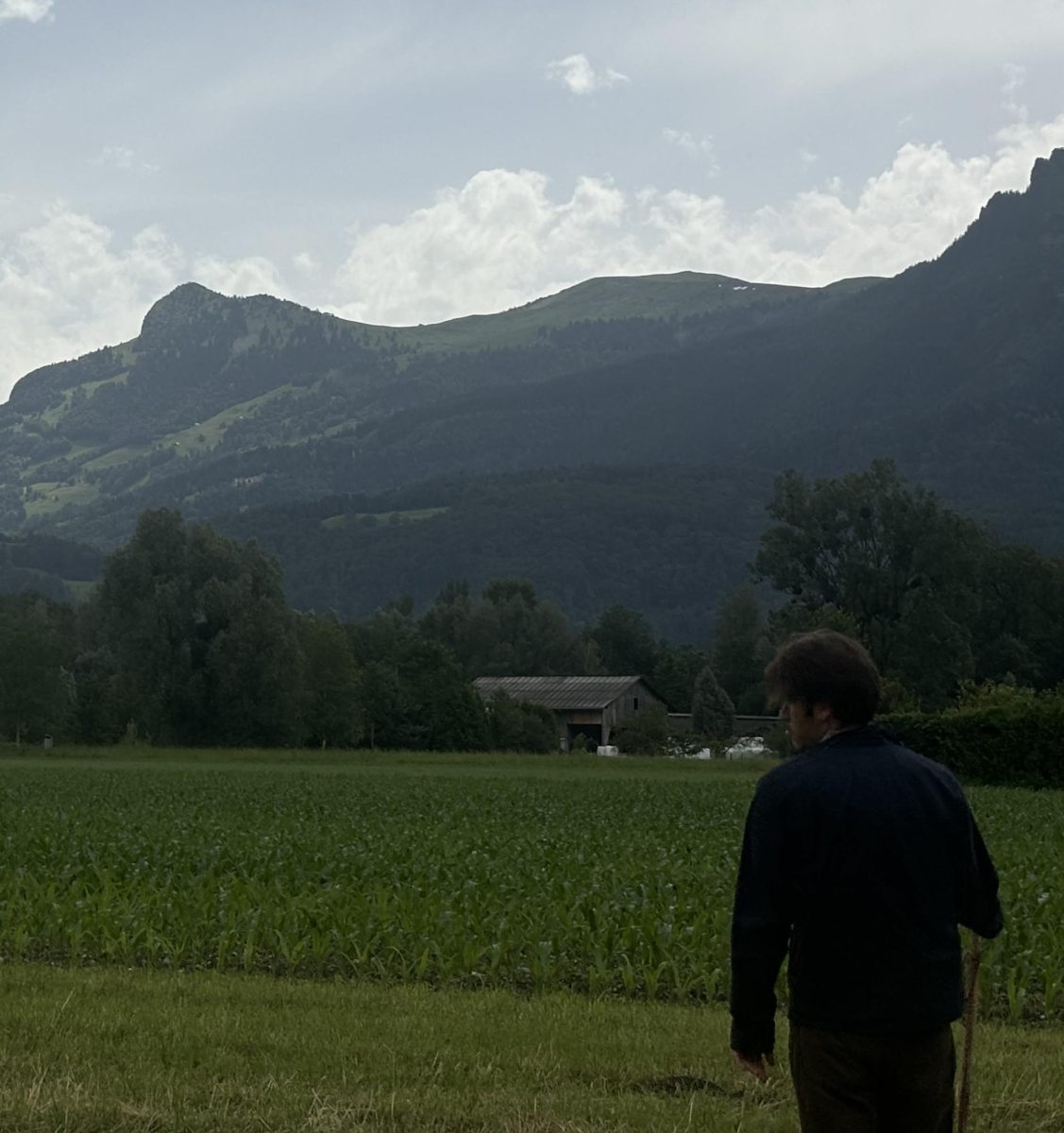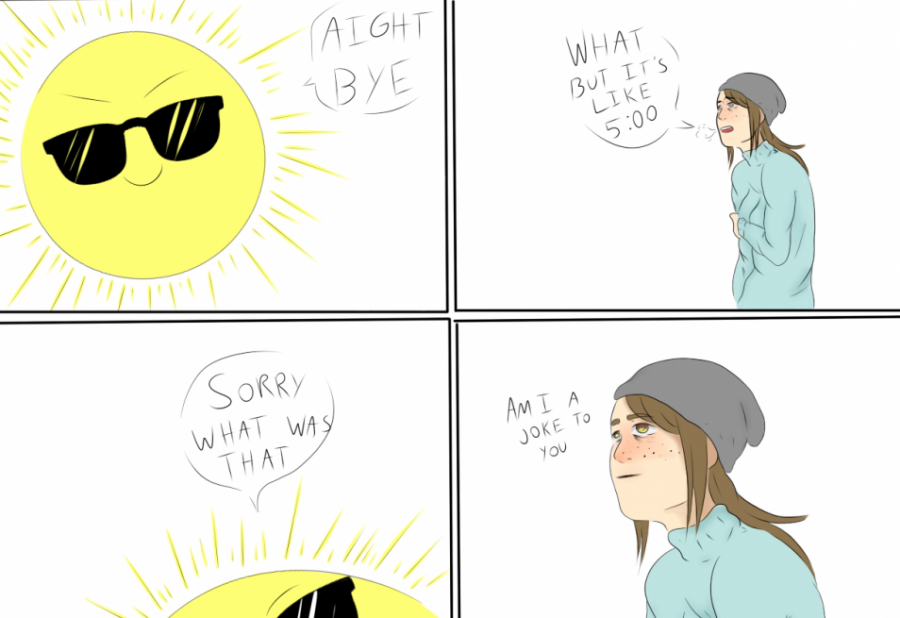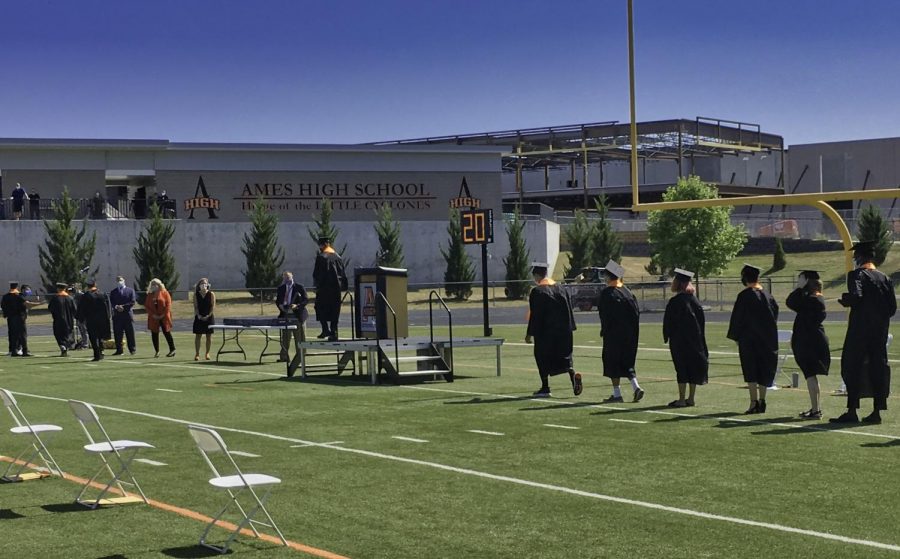As soon as the lights went out and the luminous night sky appeared above me, I was again reminded by the beauty of the night. Being able to stargaze on a cloudy night was a memorable opportunity. It may not have been like the Adler Planetarium in Chicago, but for Ames, Iowa, Physics Hall displayed great potential. Located in Room B57, the Iowa State University Planetarium seats only 30; however, is quite up to date on technological gadgets. During the showings done by ISU graduate students this fall, viewers were guided all throughout the universe. Equipped with a remote that could zoom in on any part of interstellar space, the capabilities of the dome went even further. It was able to go backward and forward in time, making the sky literally spin right before my eyes, which isnât an everyday phenomenon. Conversations were very open endedâthe audience was allowed to request to see various galaxies, nebulas and clusters, which made for an interesting and alluring evening. Topics of discussion changed from our sun becoming a red giant, to time travel and wormholes, to colliding galaxies within minutes. An even better aspect of my planetarium visit: I was able to visualize exactly what the guide was talking about. After seeing Jupiter zoomed in so greatly that it filled my range of sight, I was able to comprehend its vast atmosphere and enormous size. Greek mythology was also discussed, pertaining to the legends that give names to constellations. Another click of the remote allowed us to make out the shapes of portrayed characters against the stars, mapping out the Big Bear, Queen Cassiopeia, Orion the Hunter, and others. Every now and then, a random âwowâ or another sigh of amazement would be heard from the audience. The dome really provides a new outlook not only on our night sky, but our universe as well. Having a dynamic, three-dimensional prospect, it intensifies the mood of celestial space. Itâs as if I was taken away from everyday life and given a chance to explore far-away, fantasy lands like the Horsehead Nebula. On a different night, I was given the opportunity to walk up five stories to the observation deck and stargaze with a telescope. Among a few sought out objects was the Andromeda Galaxy, seen only as a faint, fuzzy light. Six of the seven stars in the Pleiades constellation were visible to the naked eye, being nothing but a tiny cluster that is light years away. Concluding the night, the distinctiveness of Pegasus was notedâhow four stars seem to create an almost perfect square in our sky. Thank you, friendly tour guide!
Categories:
PLANETARIUM! YOU SHOULD VISIT IT!
Sofiya Hupalo
•
December 14, 2006
Story continues below advertisement
0
Donate to The WEB
$0
$500
Contributed
Our Goal
Your donation will support the student journalists of Ames High School, and Iowa needs student journalists. Your contribution will allow us to cover our annual website hosting costs.























